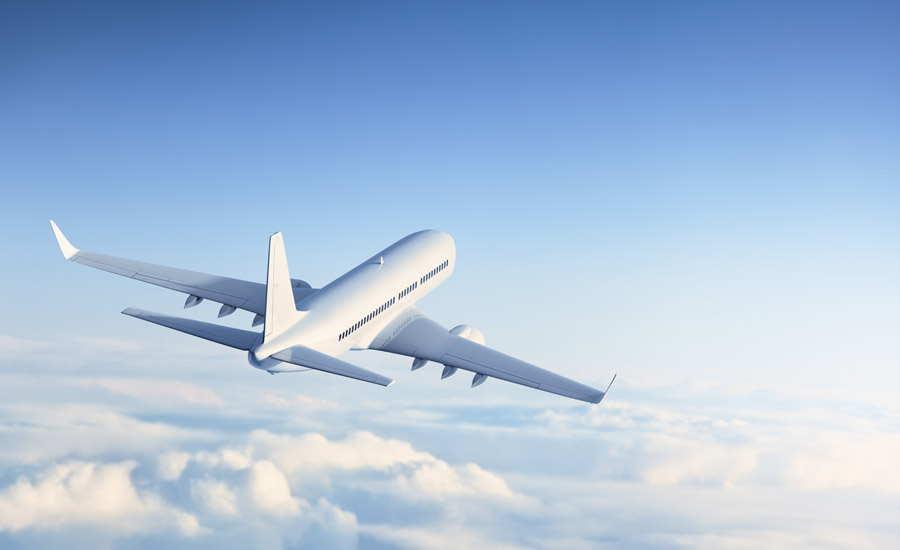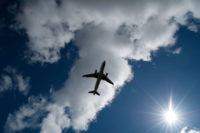by CAPT Mary O’Connor, MS, REHS
For a pilot working in Western Alaska, the amount of daylight during their work day can vary as much as 14 hours between the summer and winter solstice (or more the farther north you go). These aviators often fly multiple legs each day, serving as a transportation link to over 250 villages across the state. In fact, over 80% of Alaska’s communities are not connected by roads. Vast distances, long hours of daylight, short flying seasons, and wildly variable weather can all contribute to the development of fatigue.
Fatigue is a general lack of alertness and degradation in mental and physical performance, and can affect pilot alertness, performance, and judgment during flight. Fatigue has repeatedly been shown to be an important risk factor for aviation accidents. A NASA survey of regional airline pilots found that 89% of respondents identified fatigue as a moderate or serious concern, 88% reported that fatigue was a common occurrence, and 86% reported that they received no training from their companies that addressed fatigue. Of the 1424 flight crew members responding in this survey, 80% acknowledged having “nodded off” during a flight at some time. Previous research by NIOSH has shown that 22% of pilots working in Alaska made a decision to fly when fatigued either weekly or monthly. Current Federal Aviation Regulations govern pilot flight times and duty limits, but do not ensure that pilots get adequate rest.
Pilot fatigue has been documented as early as 1927 when Charles Lindbergh crossed the Atlantic Ocean and has continued to be a risk factor in aviation operations. Air transportation safety organizations recognize fatigue as a priority focus area; the National Transportation Safety Board listed reduction of fatigue-related accidents on their list of Ten Most Wanted Transportation Safety Improvements for 2017-2018, and the Department of Transportation identified the issue of pilot fatigue as a top priority during a 2009 airline Safety Call to Action, following the crash of Colgan Air flight 3407.
The Federal Aviation Administration released new regulations in 2011 that govern flight, duty, and rest times for pilots flying commercial passengers on large aircraft. However, most commercial airline operations in Alaska do not...Click here to read the rest of the blog post.


